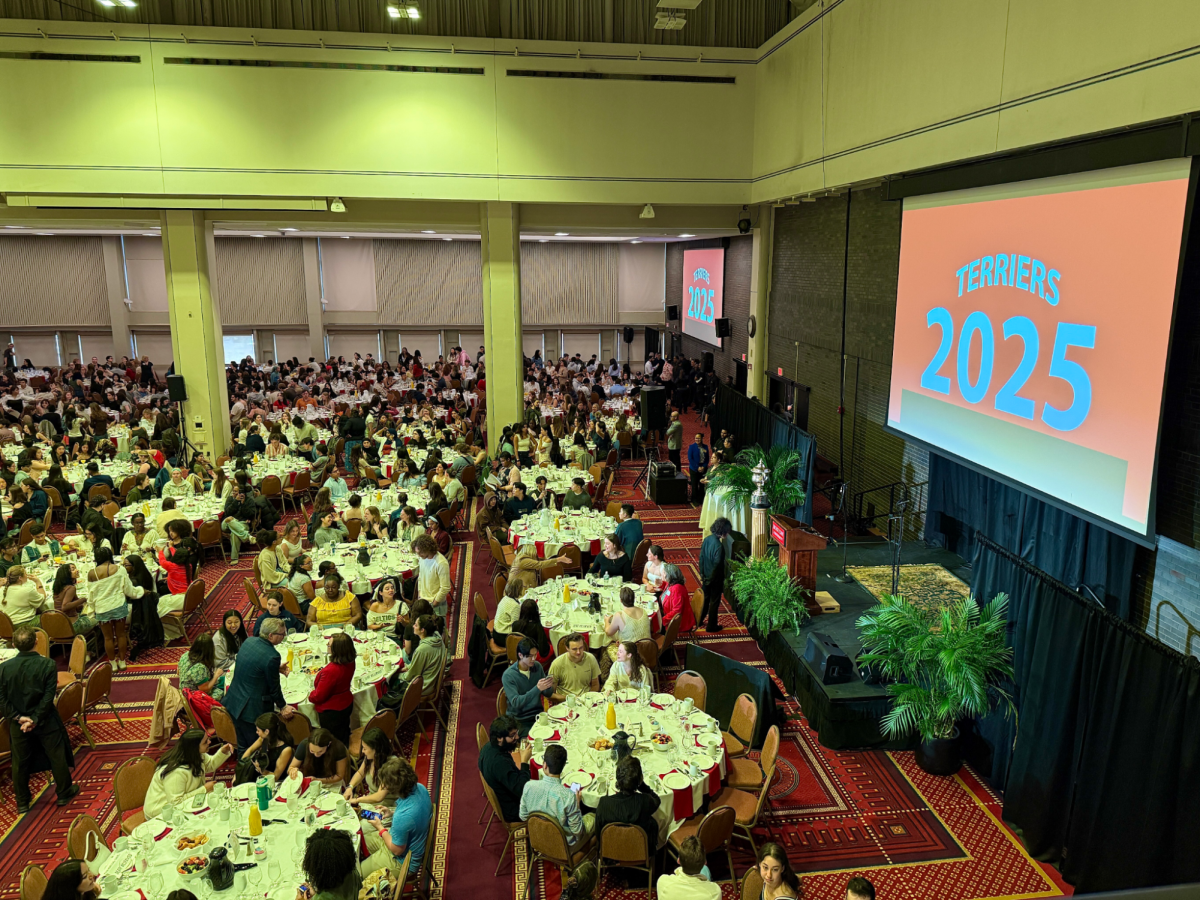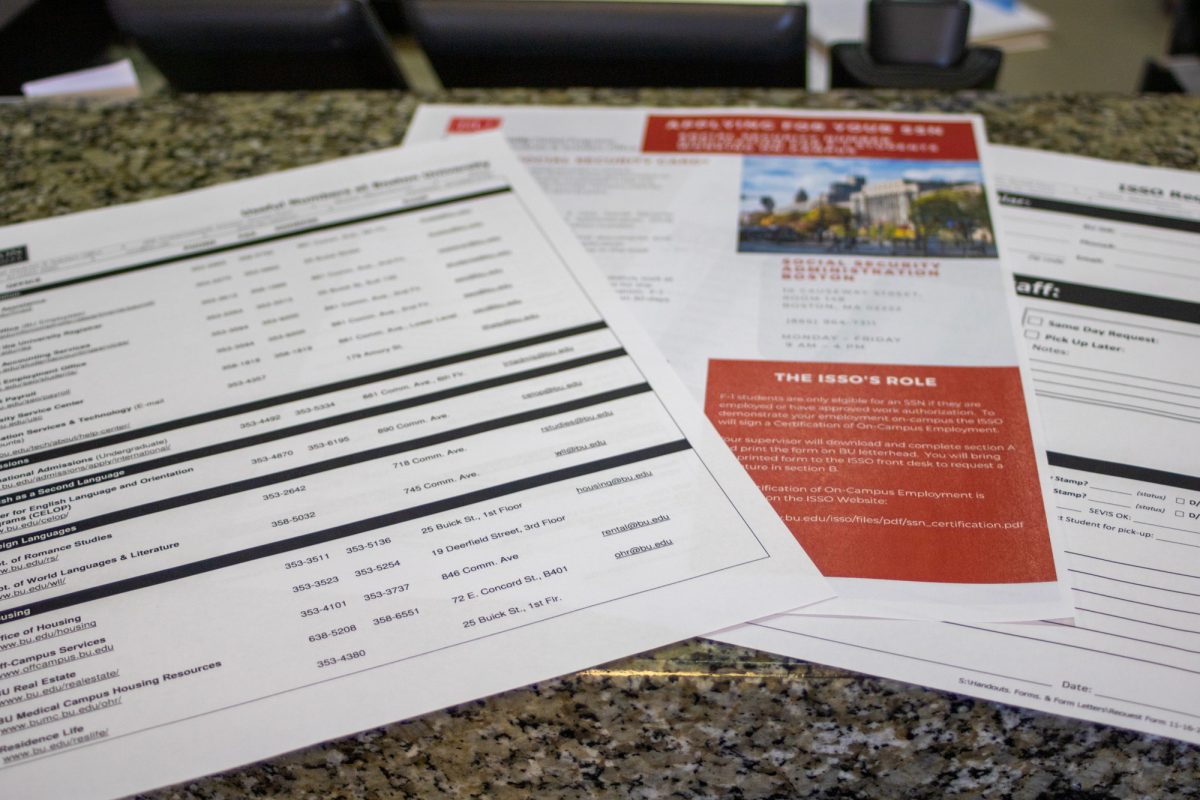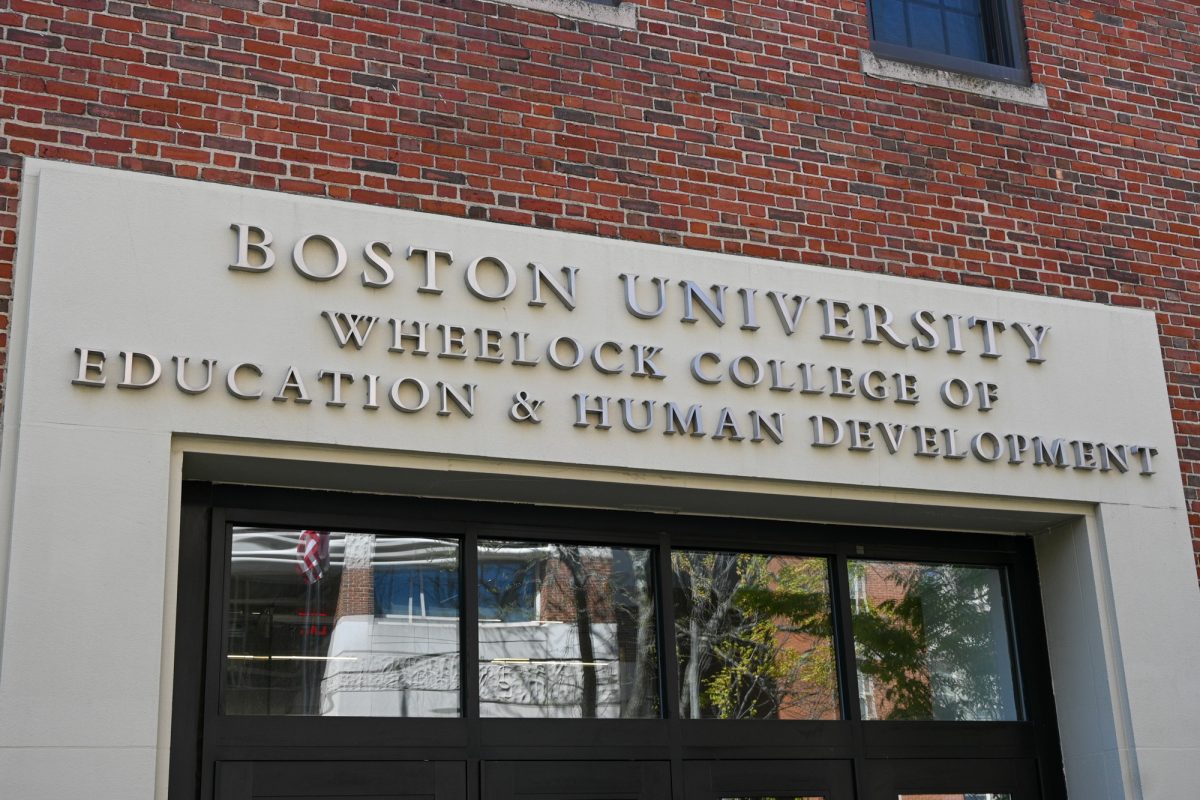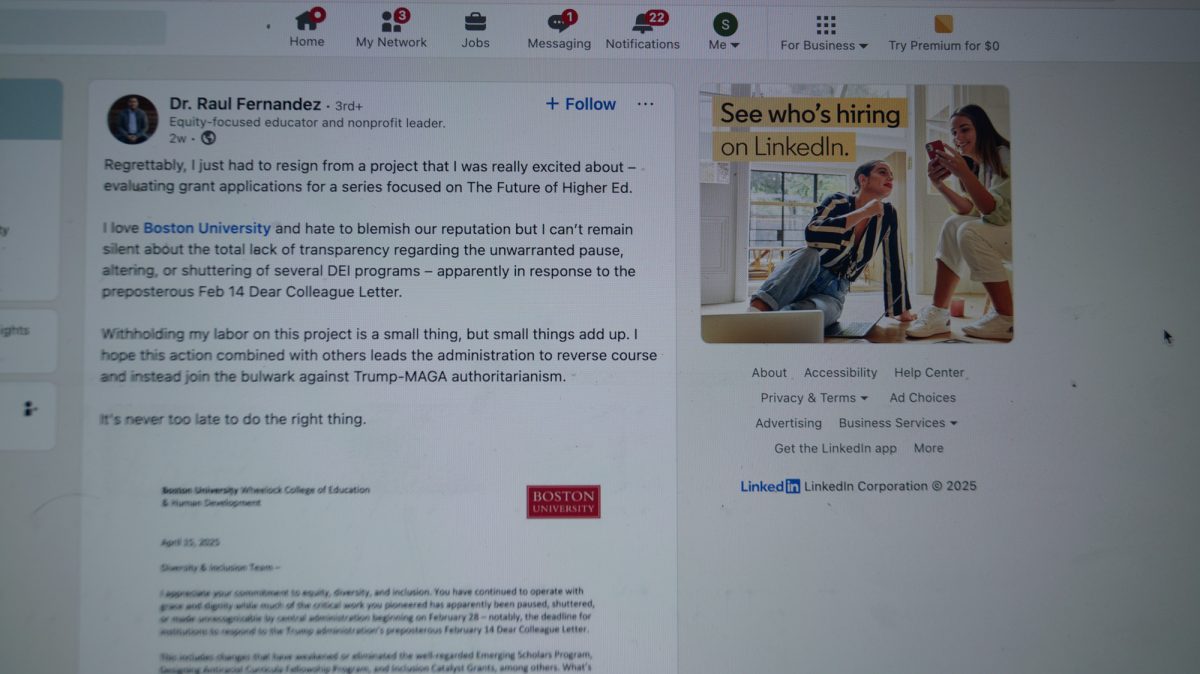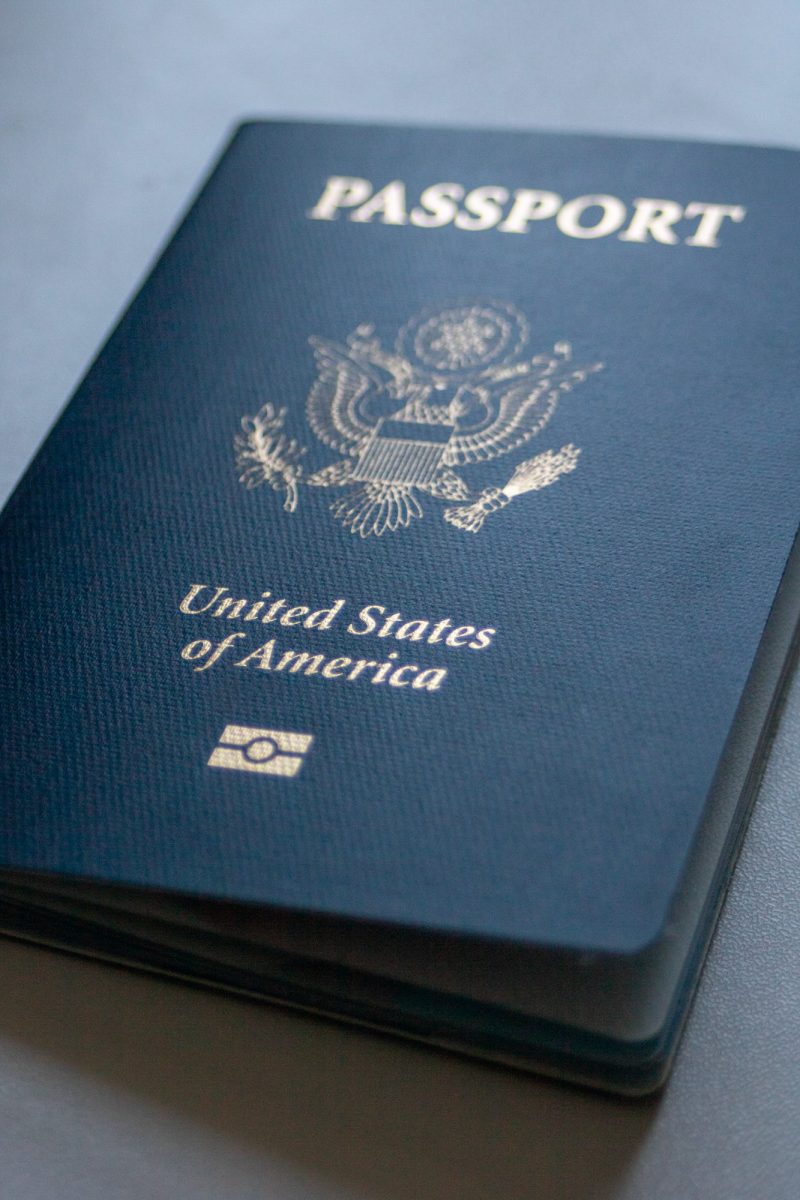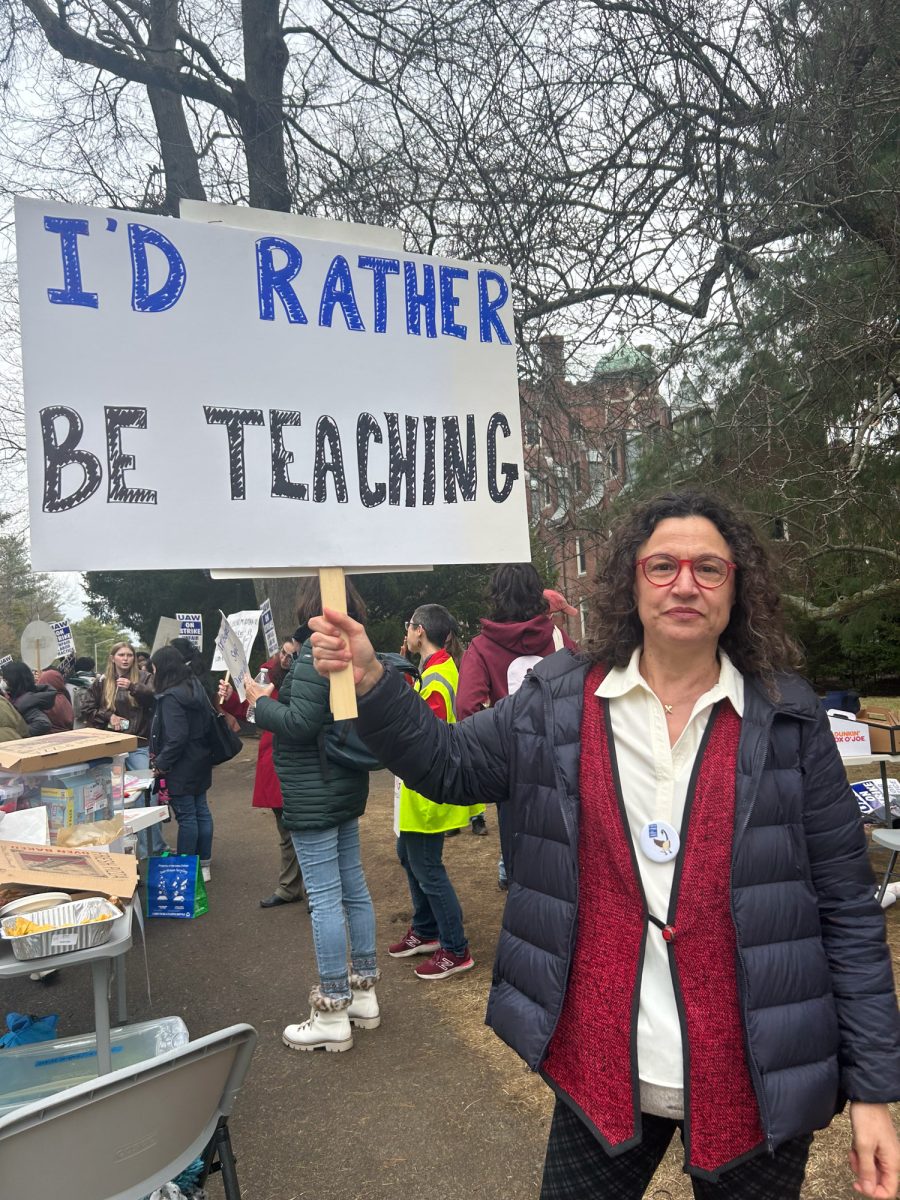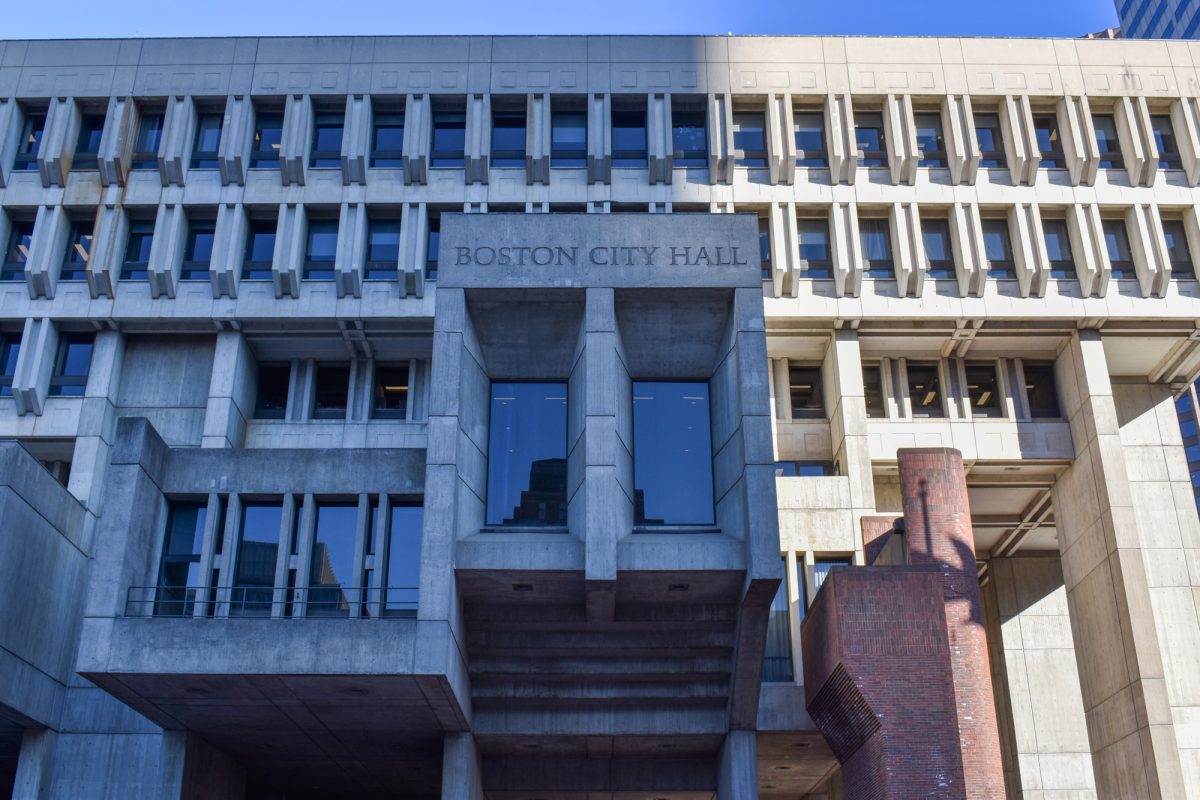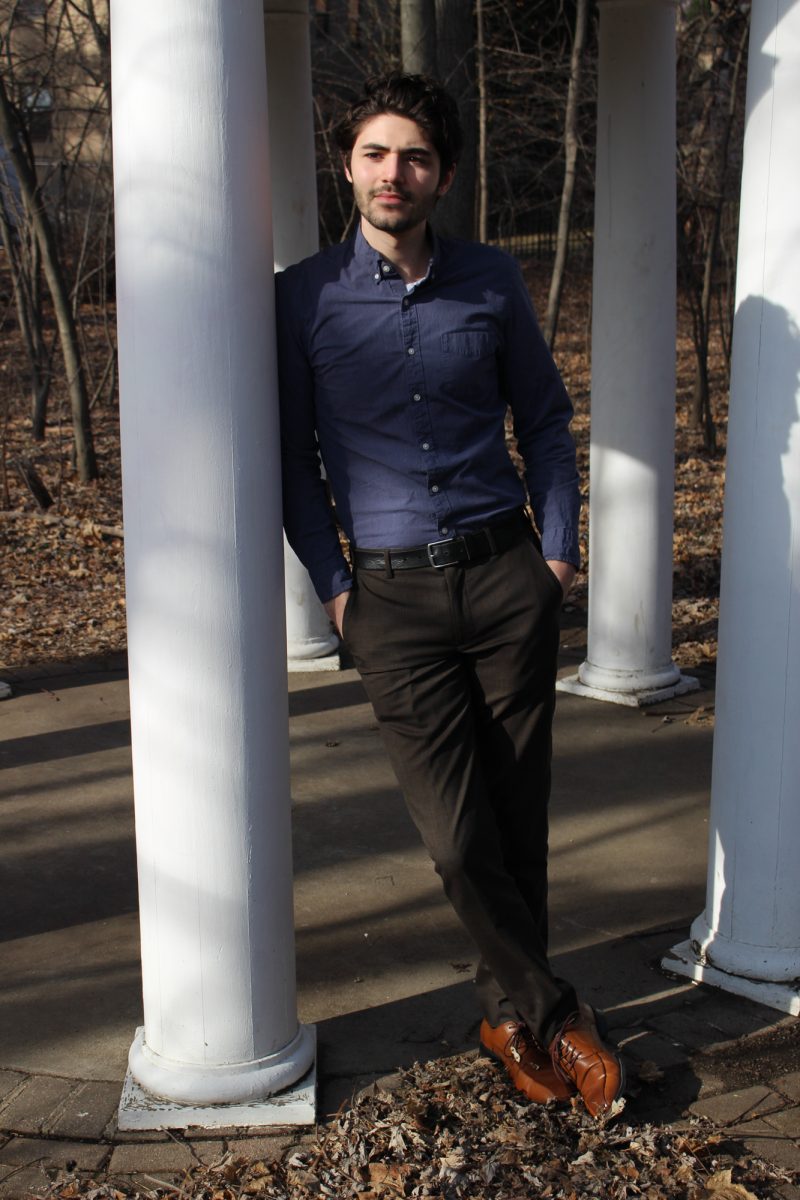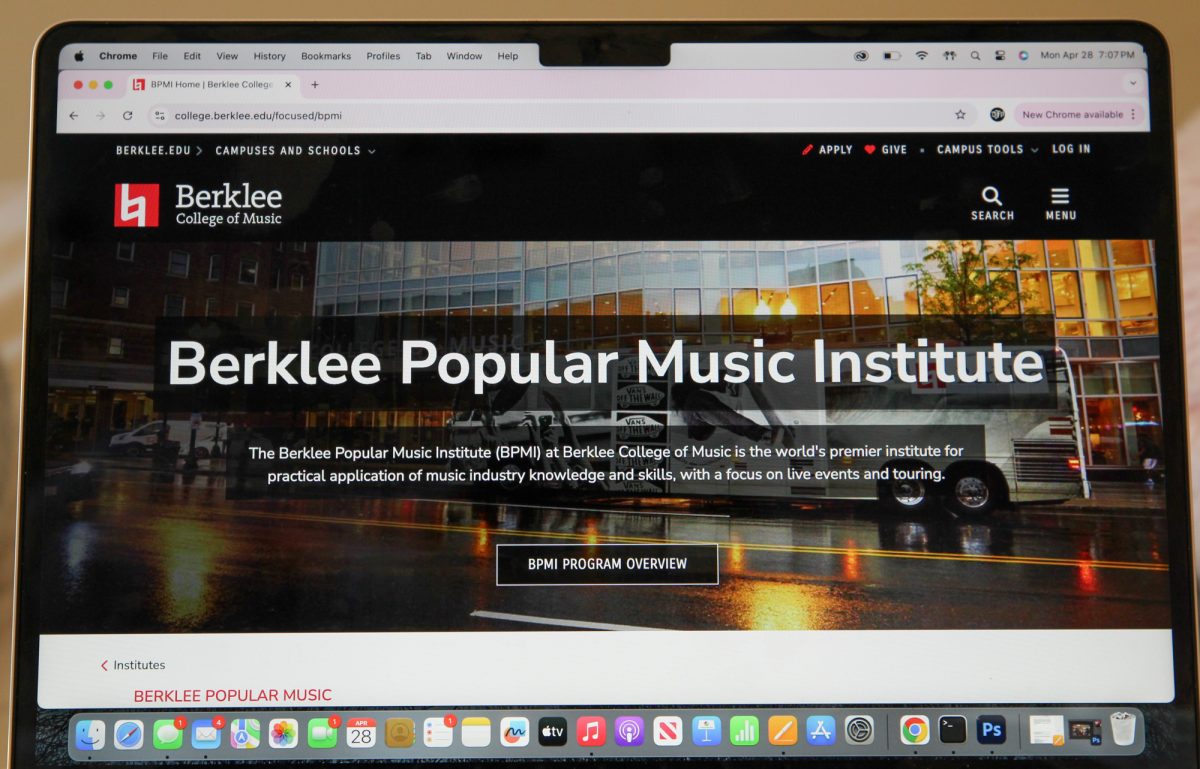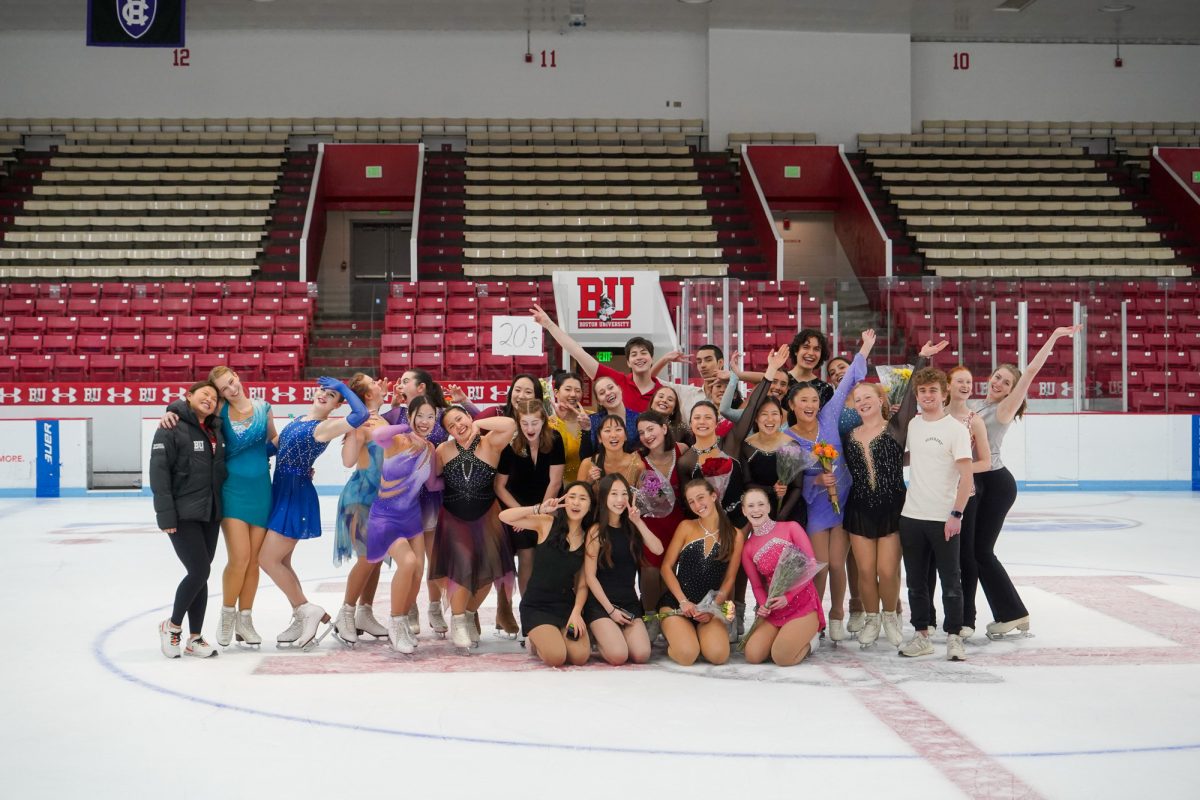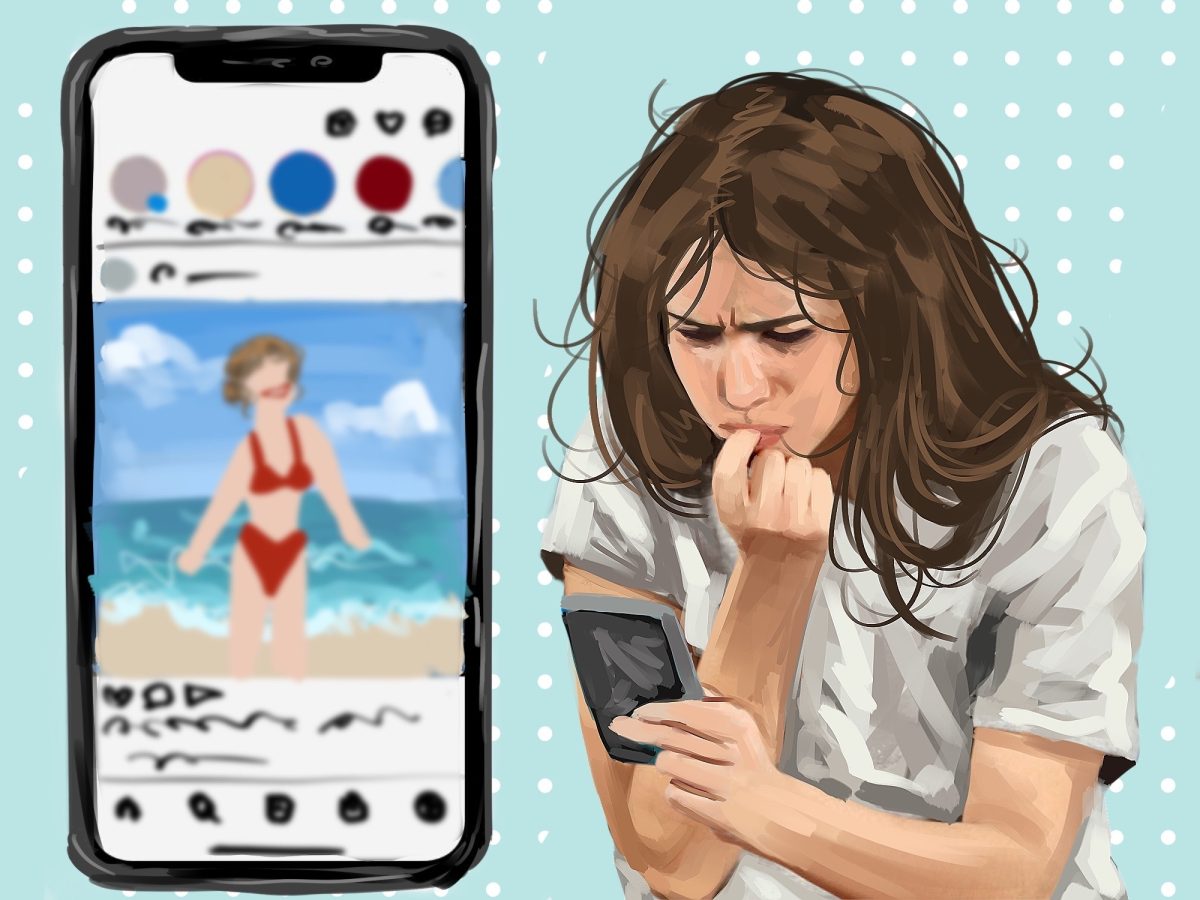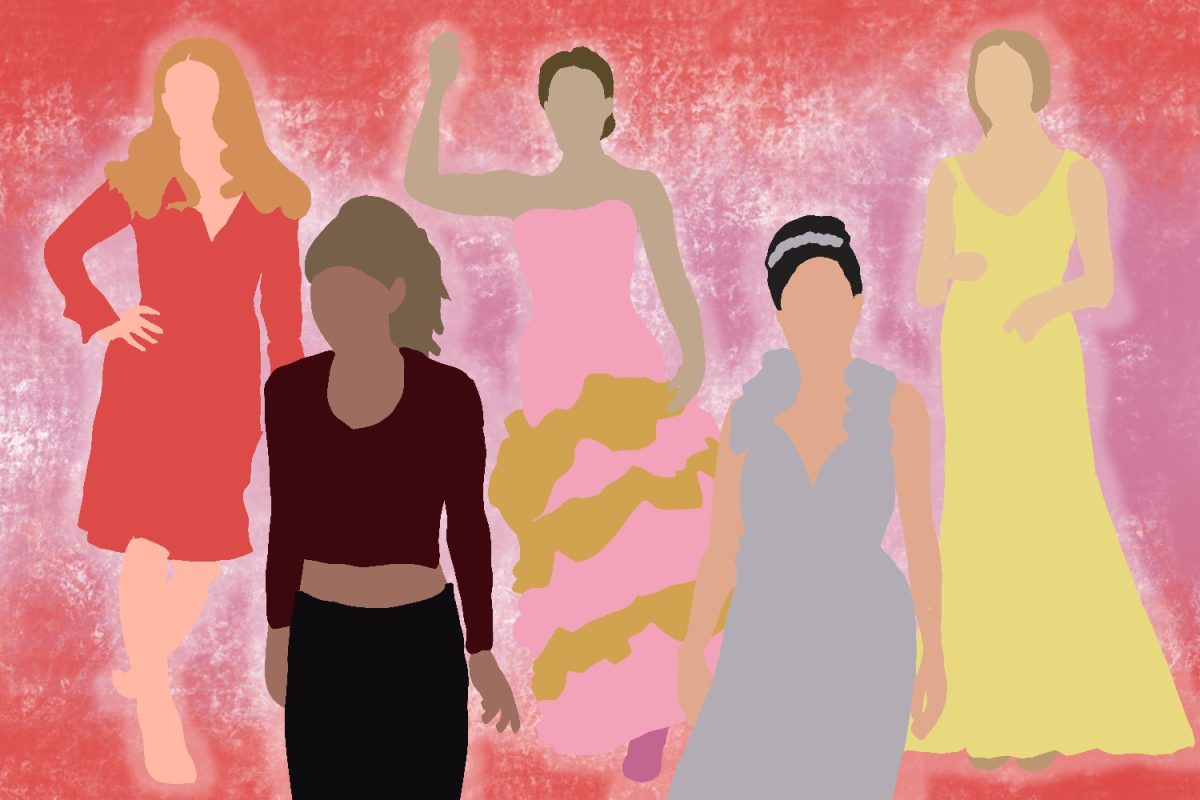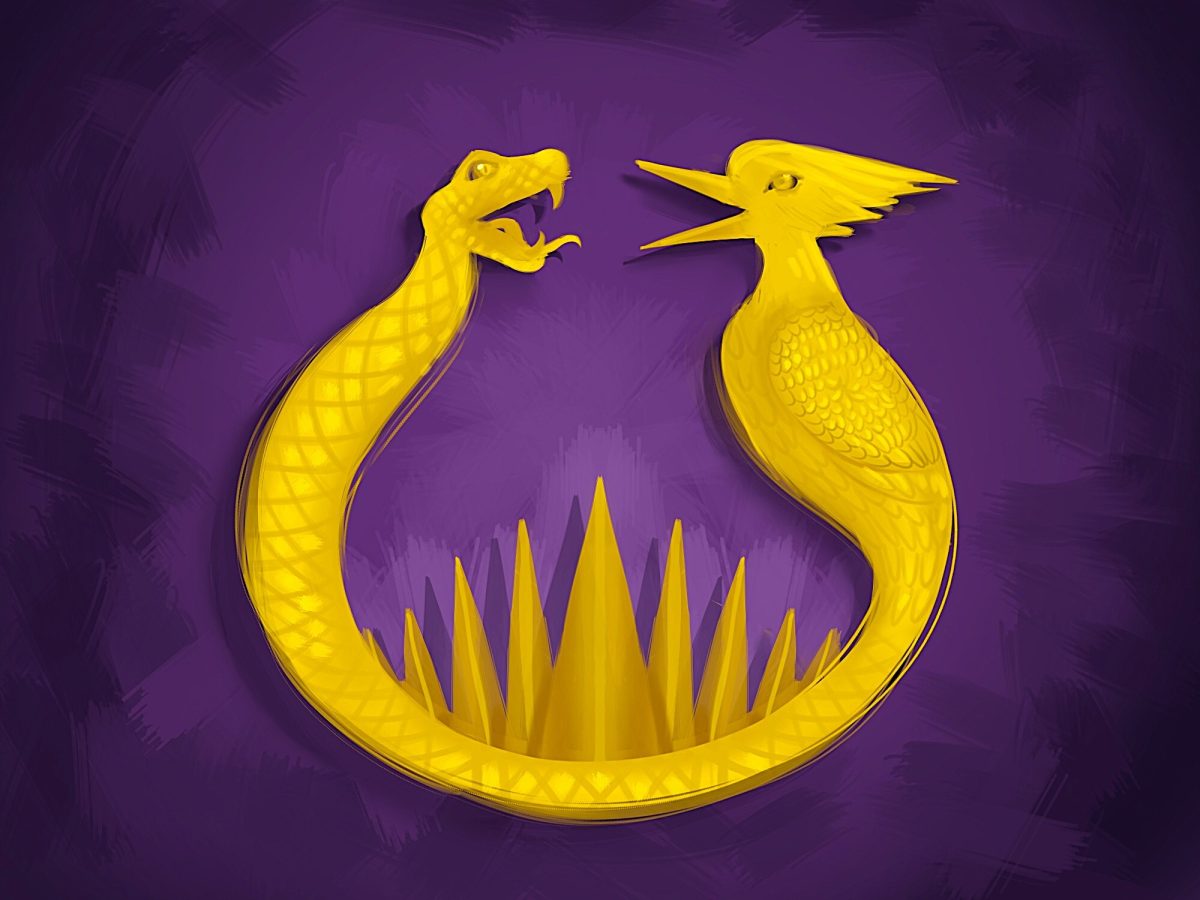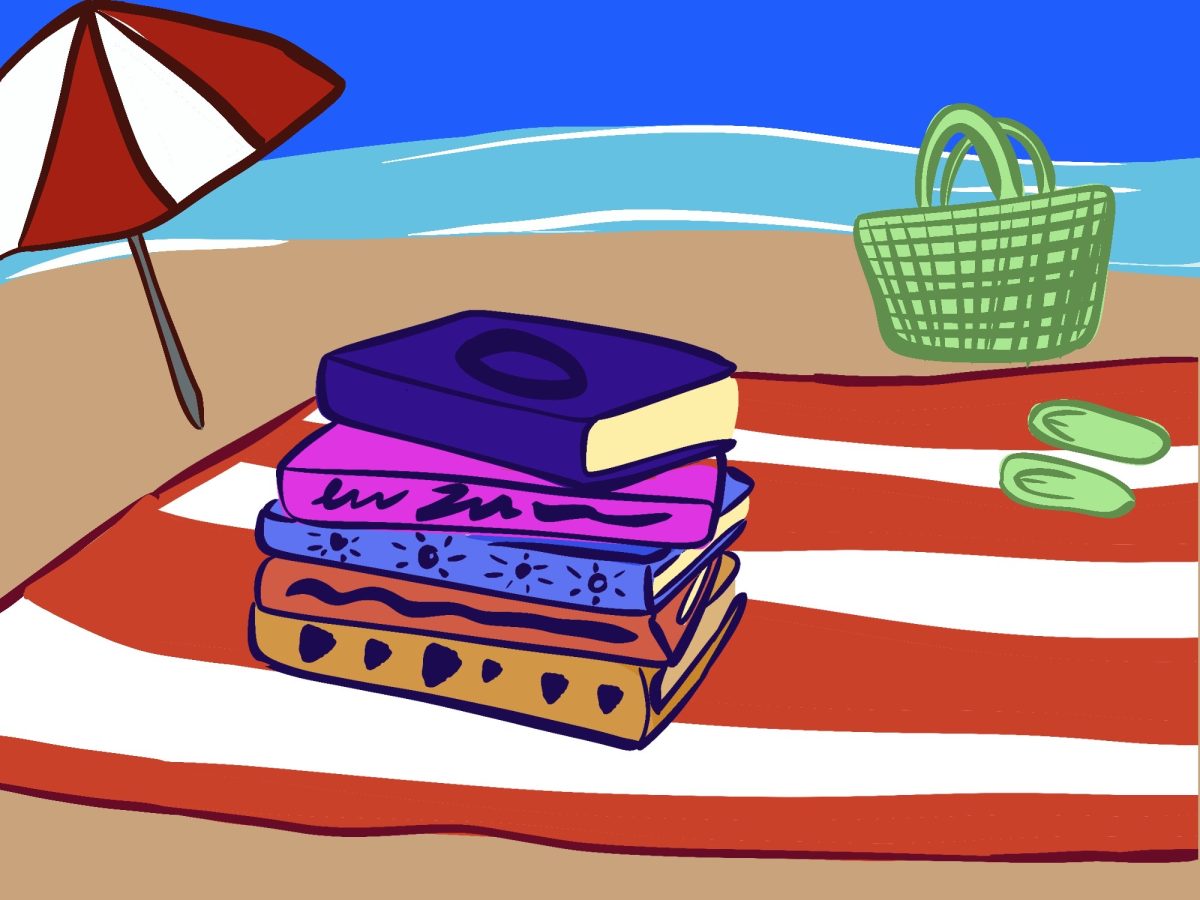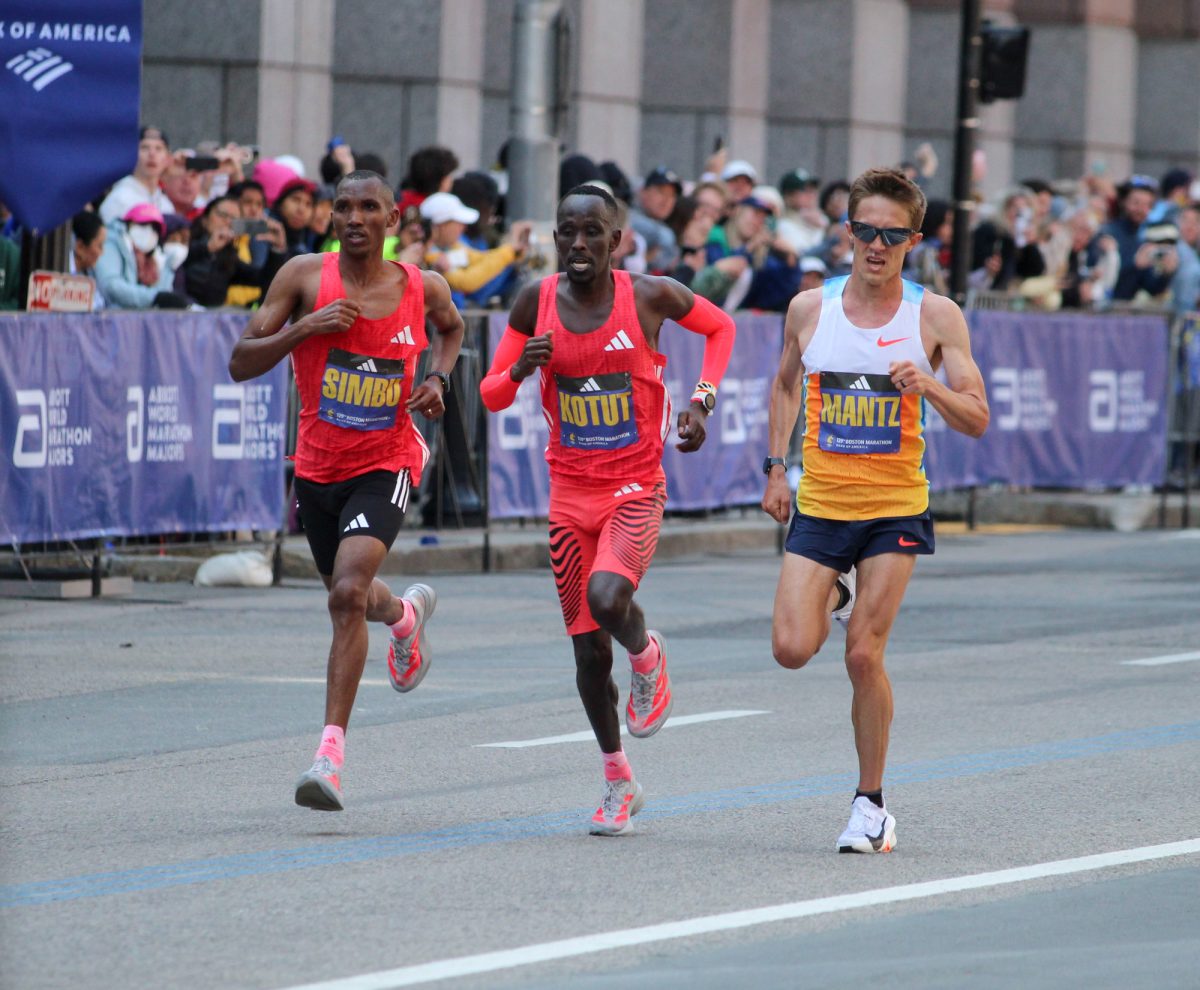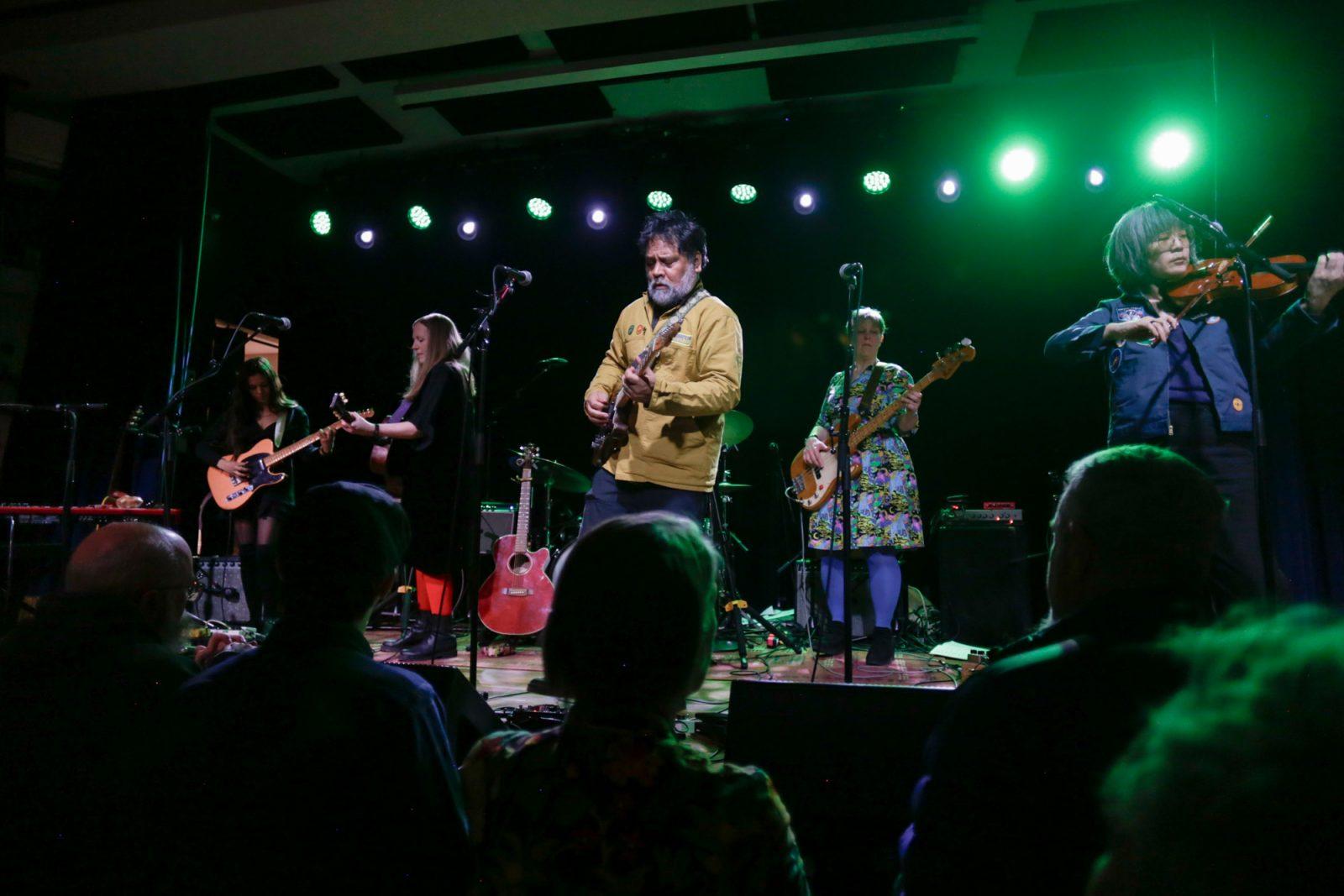Everyone seems to have a rubber bracelet on their wrist these days. I’m starting to lose track of what each color stands for. I know the yellow LIVESTRONG bracelet has to do with Lance Armstrong and his battle with cancer, and the green represents Save Darfur, and the red stands for heart disease, but sometimes can stand for AIDS awareness.
I also know that almost everyone has at least one of these bracelets or at least knows someone that does. In fact, I’m going to make up my own statistic that one in five people reading this perspective are wearing a rubber bracelet representing some type of cause.
I must confess that I too, am guilty of taking part in this phenomenon. A colorful array of bracelets sits on my dresser at home. You will never catch me without my white ONE bracelet on. The ONE campaign is a campaign to eliminate poverty in Africa by raising awareness, and the bracelet has practically been glued to my right wrist for the past two years.
And guess what? There are more than just bracelets out there representing causes. Now you can buy a trendy purse or even an iPod to support a cause. Yes, an iPod. I just spent more than $60 last week at the Gap on clothing and was told that my purchase may have helped save some lives in the process.
When I spend a buck on a bracelet or use a credit card to buy a pair of jeans, am I really changing the world? I have been battling with this question for a while now, especially when I notice the bracelet epidemic is still growing and now branching out to include clothing and other products as well. Can T-shirts and rubber wristbands make a difference?
Oprah and Bono seem to think so. Last month Oprah, spent an hour of her show with the Irish rocker and co-founder of the new RED campaign. RED was launched in the United States to raise awareness and money for Africa by forming partnerships with iconic brand names. If you don’t believe me, you can see for yourself at joinred.com, which boasts that it is “designed to help eliminate AIDS in Africa.” Another portion of the website even points out: “What better way to become a good-looking samaritan?”
GAP, Motorola, Emporio Armani, Converse, American Express and Apple are the major partners of the campaign. Portions of profits from products bought at these stores goes toward the Global Fund and helps women and children affected by AIDS in Africa.
Even Lance Armstrong has branched out now, with new sporting apparel and posters in support of his Lance Armstrong Foundation (LAF) for cancer research.
Unless you were living under a rock, you must have noticed the hugely popular yellow LIVESTRONG bracelets. But did they do any good?
I am an idealist and can be characterized as one of those people who look at the world through rose-colored glasses, or maybe rose-colored Armani sunglasses like Bono. So what is the answer?
Part of me wants to say a rubber wristband and a red T-shirt can’t change the world, but the idealist in me takes over with a resounding yes. Maybe there’s a method to this madness.
If you don’t like wearing rose-colored sunglasses, then maybe looking at some numbers will illustrate my point. According to LAF statistics, “More than $9.6 million has been granted toward cancer survivorship and testicular cancer research and more than $1.7 million invested in the development of five comprehensive cancer survivorship centers across the country. Approximately 55 million people across the globe wear a LIVESTRONG wristband in support of people living with cancer.”
In just under three weeks, RED campaign advocates already have statistics on its site claiming RED sales in the United States have raised enough money to provide more than 10,000 men or women with antiretroviral treatment for a year. The money could also provide a year’s worth of school materials and daily hot meals for more than 35,000 children orphaned by AIDS.
I don’t have to look for evidence outside of Boston University to prove my point. Last Thursday, more than 60 people showed up for a ONE campaign photo shoot to mock the celebrity ad campaigns furthering awareness for the effort, while donning their white ONE bands. In practically every class I go to, there’s at least one person with a green bracelet or a Save Darfur T-shirt on and more and more people with Gap RED products. People care, and because they care they’ll buy certain products that stand for a certain cause.
Just remember, you have the power to change your world, and maybe a combination of your voice and your wallet can actually help. I don’t wear my ONE bracelet to shove it in people’s faces to say “Hey look, I did something.” I wear it to remind myself how lucky I am to be alive. I’ve come to realize that this craze is just as much about social consciousness and raising awareness as it is about raising money. Next time you think you’re making a mere fashion statement with your LIVESTRONG bracelet and Gap jeans, just remember what they stand for and why you bought them in the first place. They may not be so insignificant after all.
Margaret DeJesus is a freshman in the College of Communication

